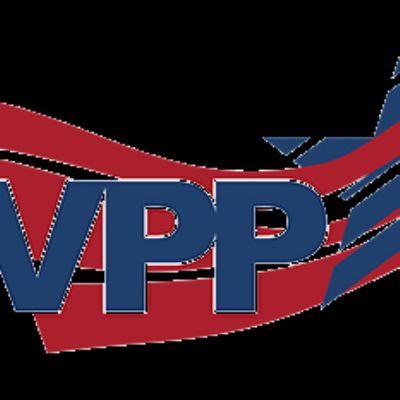A Costly Road Ahead: Taxes and OSHA
September 25, 2023Comments
By Omar S. Nashashibi
This fall, manufacturers should keep their eyes on both ends of Pennsylvania Ave. here in Washington, D.C.—the White House and the U.S. Congress. Manufacturers are looking to Capitol Hill for tax relief, while warily eyeing coming OSHA regulations. As a lobbyist for PMA in the nation’s capital, I watch all sides, lobby for the desired outcome and help prepare member companies for realistic scenarios.
Among the jobs that lawmakers must complete annually, the most important is passing, by September 30th, 12 bills to fund the federal government. As of this writing, they have passed zero. Congress will spend much of the remainder of 2023 navigating the political obstacles to keep the lights on. Many expect negotiations to continue into December, with Republicans and Democrats in the Senate standing together against many of the House GOP’s proposals.
The reason why spending negotiations matter to PMA’s tax-lobbying efforts: Any resolution on the requirement to amortize and capitalize Research and Development activities will need a pathway to becoming law. Few bills and provisions pass both the House and Senate on their own; rather, lawmakers attach their priorities to legislation that must pass—in this case, the government spending bills.
As part of the 2017 tax law, the ability to fully expense R&D activities disappeared on January 1, 2022, replaced with the requirement to capitalize and amortize R&D over 5 yr. Despite the appearance, R&D was, and remains, one the few bipartisan tax issues in Washington, D.C.
At the time, Congress estimated that including the 5-yr. amortization trigger would generate $119.7 million in federal revenue and help reduce the cost of the Tax Cuts and Jobs Act of 2017. More importantly, when Congressional Republicans drafted the R&D provision, they assumed that a future Congress would step in and reverse the law prior to it taking effect in January 2022. Unfortunately for manufacturers, lawmakers’ hopes have yet to materialize, leading PMA to lobby for relief to manufacturers.








